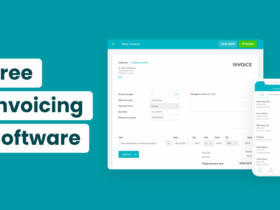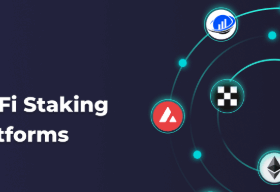What Is Interest Protocol (USDI)?
Interest Protocol is the first fractional reserve banking protocol on the Ethereum blockchain that pays interest to all depositors. This issues a stable coin, named USDi, that is both over-collateralized and highly scalable. USDi holders automatically earn yield without having to stake, which means Interest Protocol provides yield opportunities to gas-conscious users. Compared to lending protocols without fractional reserves, The can generate more loans from a given amount of capital while incurring less liquidity risk.
| Coin Basic | Information |
|---|---|
| Coin Name | Interest Protocol |
| Short Name | USDI |
| Circulating Supply | N/A |
| Max Supply | 600,369,231 |
| Source Code | Click Here To View Source Code |
| Explorers | Click Here To View Explorers |
| Twitter Page | Click Here To Visit Twitter Group |
| Whitepaper | Click Here To View |
| Support | 24/7 |
| Official Project Website | Click Here To Visit Project Website |
IP’s stablecoin USDi is scalable, over-collateralized, and accrues yield without staking
Stable
USDi maintains peg under adverse conditions, without any intervention.
Community Led
Built for you, led by you. Your participation creates the future of finance.
Transparent
Everything from contract to interface is FOSS, and they mean it.
Values
Efficiency
Capital flows to capital-efficient protocols. The improved risk management, automated rate adjustments, and superior terms make it the most capital-efficient lending protocol.
Adaptibility
Community is the bedrock of The. A keep-it-simple approach to concepts and code encourages participation, leading to a vibrant community and an adaptable protocol.
Transparency
Anyone can audit the finances on-chain. The whitepaper and docs explain how works, the risks involved, and governance processes. Nothing is hidden.
Who participates?
The protocol has two primary participants:
- Depositors who hold USDi and earn interest
- Borrowers who borrow USDi from the protocol after posting collateral
What Is USDi?
USDi is an over-collateralized stablecoin issued. The (IP) is the first fractional reserve banking protocol on the Ethereum blockchain that pays interest to all depositors.
Users can mint 1 USDi by depositing 1 USDC into the, and can receive 1 USDC from the protocol by burning 1 USDi that they hold. In addition, users can deposit assets into a multi-collateral vault and borrow USDi against that collateral.
Regardless of how they obtained USDi, all USDi holders automatically earn yield without having to spend gas to stake. Given the same amount of capital, Interest Protocol can generate more loans with less liquidity risk than existing lending protocols without fractional reserves.
The automatically manages its reserve ratio—USDC in the protocol’s reserve over the total supply of USDi—by employing a variable interest rate system. As the reserve ratio decreases, the borrow and deposit rates of USDi increase, and vice versa.
Risk Management
To operate safely in adverse market environments, The manages two major financial risks: liquidity risk and credit risk. Managing these risks is essential for maintaining USDi’s peg.
Credit Risk
Credit risk is the risk of borrowers defaulting on their loans. To manage credit risk, The only makes over-collateralized loans and liquidates under-collateralized vaults. The protocol employs an efficient liquidation mechanism that quickly and accurately unwinds under-collateralized vaults. This means that—compared to lending protocols with less efficient liquidation mechanisms—Interest Protocol is able to extend loans on more favorable terms (such as with higher LTVs) while incurring less credit risk.
Terra Protocol
Terra Protocol (Kereiakes et al., 2019) issues a stable coin called Terra USD (UST). USTis under-collateralized because it is largely backed by LUNA, the staking and governance token of Terra Protocol, and because the value of Terra Protocol mostly comes from issuing UST. In stark contrast, USDi is over-collateralized because it is backed by external assets – USDC in reserves and collateralized loans – whose values do not directly correlate with the performance of Interest Protocol.












































Leave a Reply